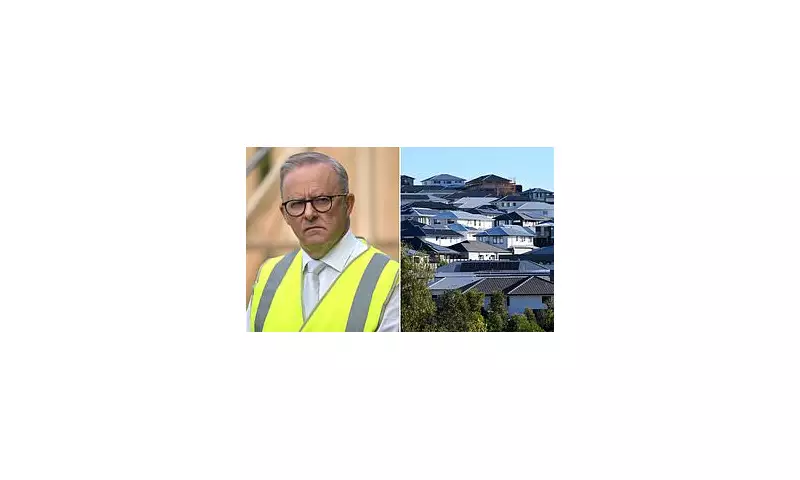
Australia's housing crisis has reached a critical juncture as Prime Minister Anthony Albanese's flagship promise to construct 1.2 million new homes collides with record-breaking immigration numbers. The ambitious housing target, set to address the nation's chronic property shortage, appears increasingly unattainable as population growth outpaces construction.
The Great Australian Housing Squeeze
New analysis reveals the Albanese government's housing strategy is falling dangerously behind schedule. With net overseas migration hitting unprecedented levels, experts calculate Australia needs to build a new home every minute of every day for the next five years to meet demand - a target construction industry leaders describe as "mathematically impossible."
Immigration vs Infrastructure
The government's own figures show:
- Net overseas migration reached 518,000 in 2022-23
- Current construction rates sit at just 170,000 homes annually
- Each new migrant household requires approximately 1.8 bedrooms
"We're trying to fill a bathtub with the plug out," said one senior economist. "For every two homes we build, immigration demands three."
Political Fallout Looms
The widening gap between housing supply and demand has sparked fierce political debate. Opposition housing spokesman Michael Sukkar accused the government of "gross negligence," while Greens housing spokesperson Max Chandler-Mather called for immediate caps on international student visas and tighter rental controls.
Meanwhile, young Australians face the brunt of the crisis, with home ownership rates for under-35s plummeting to record lows. Rental vacancies in major cities hover around 1%, pushing many essential workers into precarious living situations.
Construction Industry Sounds Alarm
Master Builders Australia CEO Denita Wawn warned: "We simply don't have the workforce, materials or planning systems to deliver at this scale. The government needs to either dramatically increase migration of skilled construction workers or significantly revise its targets."
Industry analysts point to multiple bottlenecks:
- Chronic shortage of 100,000 construction workers
- Soaring material costs (up 30% since 2020)
- Local council planning delays averaging 18 months
What Comes Next?
With the housing shortfall projected to exceed 250,000 homes by 2027, policymakers face tough choices. Potential solutions being debated include:
- Fast-tracked skilled migration for construction trades
- Tax incentives for build-to-rent developments
- Radical planning reforms to unlock greenfield sites
- Temporary caps on non-essential migration streams
As the crisis deepens, all eyes remain on whether the Albanese government can reconcile its ambitious housing agenda with Australia's booming population growth.





